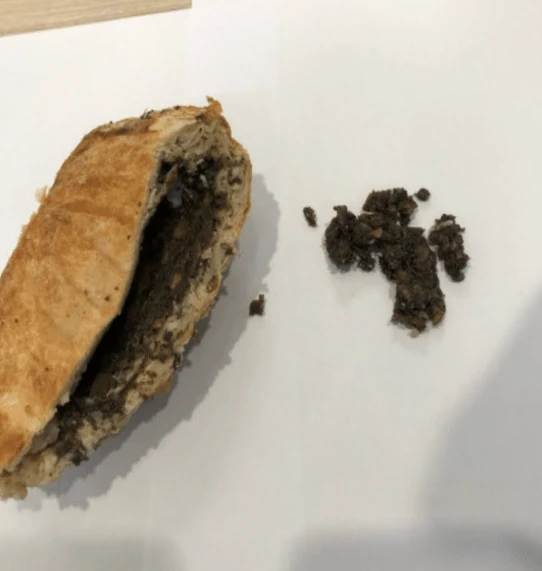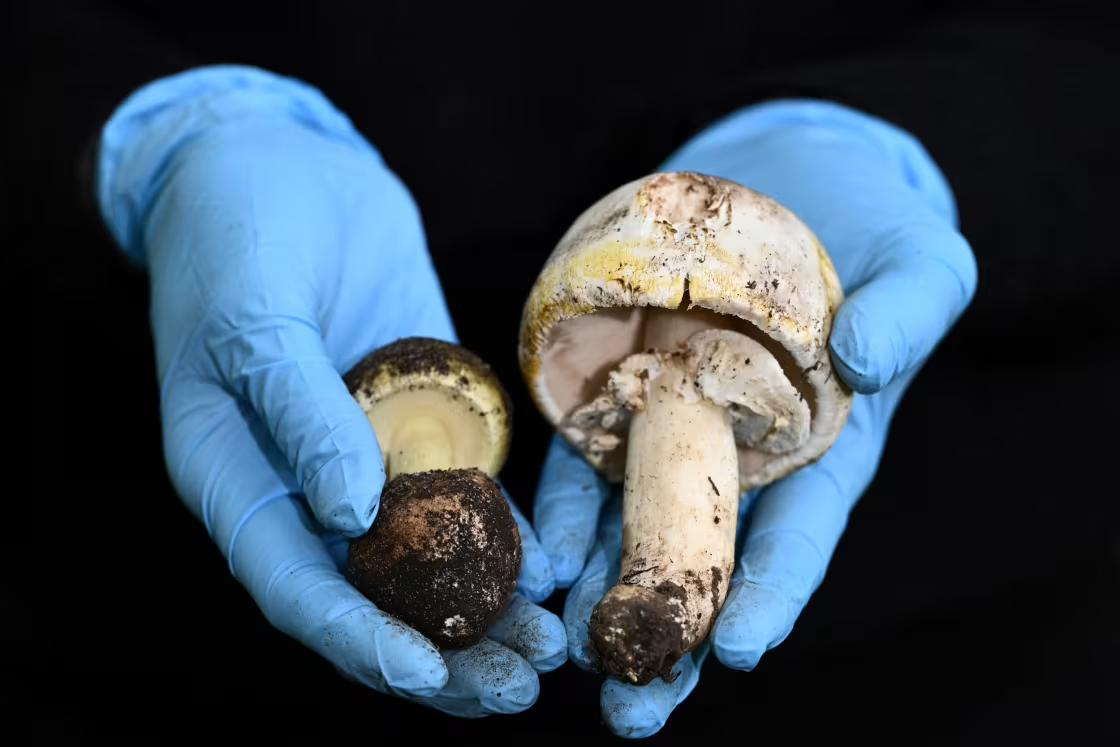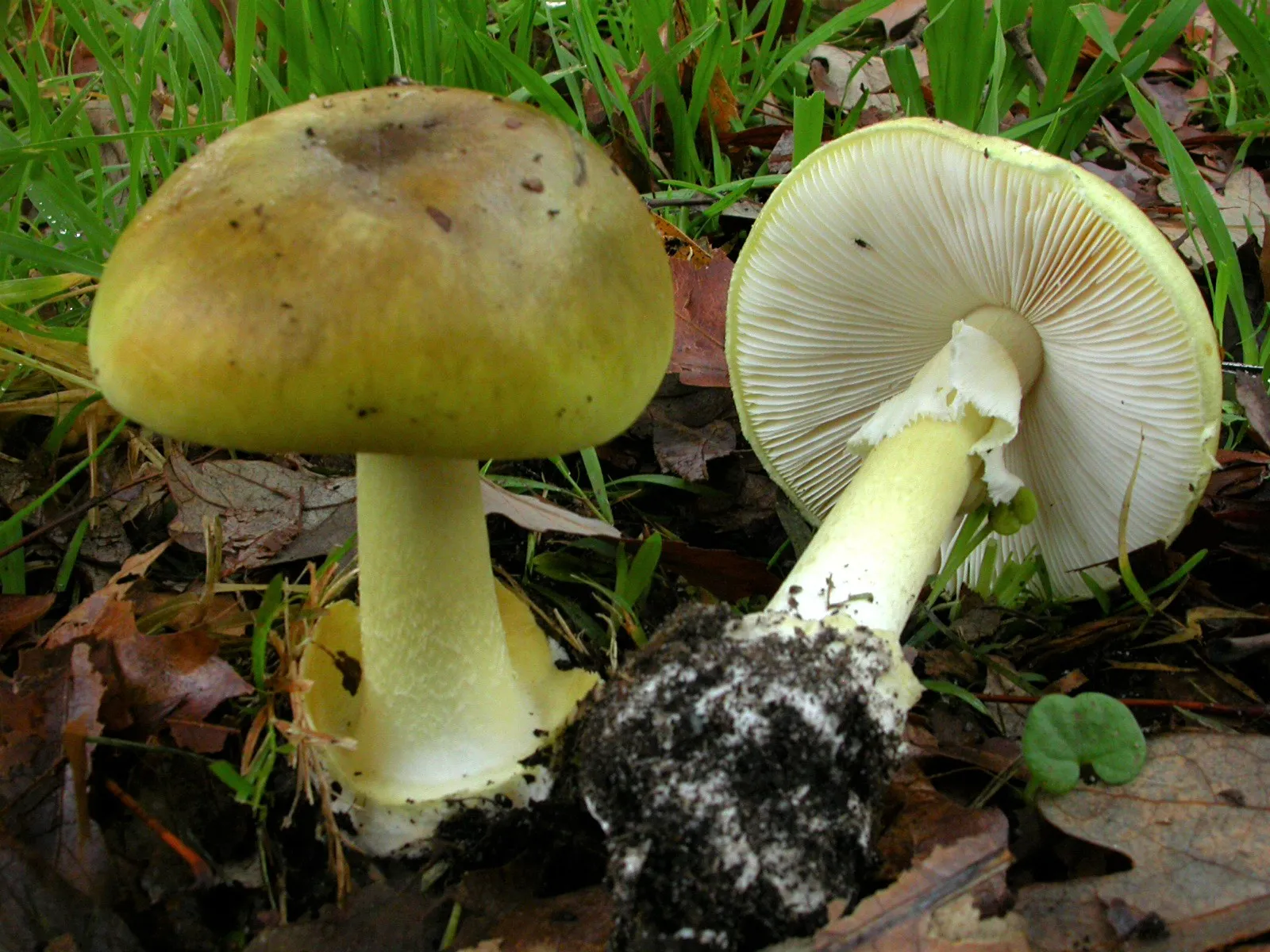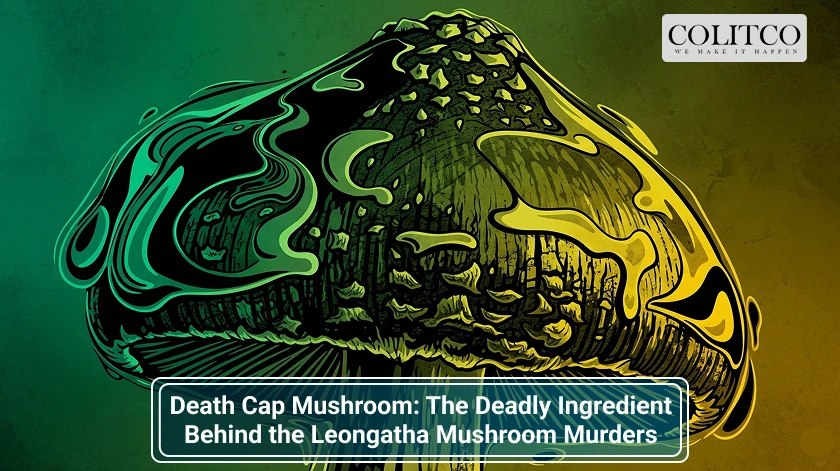A Family Lunch Turns Fatal in Leongatha
In the quiet Victorian town of Leongatha, a homemade lunch changed the course of four families forever. Erin Patterson, a 50-year-old mother, served beef Wellington to her in-laws and their close friends. Within days, three of them were dead, and a fourth barely survived. The toxic culprit? The Death Cap Mushroom, scientifically known as Amanita phalloides.
The July 29, 2023 lunch took place at Patterson’s home, nestled among gum trees and eucalypts in the scenic South Gippsland region. The guests—Don and Gail Patterson, Heather and Ian Wilkinson—had no idea the meal they were about to enjoy contained one of the most lethal fungi in the world.

Leftovers from the beef Wellington [Credit: Supreme Court of Victoria]
What Makes the Death Cap Mushroom So Dangerous?
The Death Cap Mushroom is no ordinary fungus. It grows under exotic trees like oaks in parks and gardens across Victoria, including Melbourne suburbs and towns such as Bendigo, Castlemaine and even Leongatha. Despite its innocent appearance—white gills, a bulbous stem base, and a cap that ranges from pale yellow to olive green—it carries a powerful toxin that survives cooking.

At a news conference in Melbourne, Australia, on April 12, 2023, a research scientist from the Royal Botanic Gardens displayed two types of poisonous fungi: a death cap mushroom on the left and a yellow-staining mushroom. [Credit: Joel Carrett / AAPIMAGE via Reuters]
The poisoning symptoms typically begin 6 to 24 hours after ingestion, with nausea, diarrhoea and abdominal pain. After a brief false recovery, liver and kidney failure often follow. Without early medical treatment, death is likely.
Preparing the Fatal Dish
During the trial, Patterson told the Supreme Court of Victoria she had tried to make something “special” for the lunch and decided on individual beef Wellington parcels. She substituted ingredients based on availability and personal preference, including supermarket button mushrooms and a handful of dried fungi from her pantry.
Patterson admitted she had foraged mushrooms in the past, but denied intentionally using Death Cap Mushrooms in the meal. Prosecutors, however, presented strong circumstantial evidence. A dehydrator purchase, iNaturalist posts showing death caps in nearby Loch, and images of mushrooms on kitchen scales found on her device were among the key pieces of the puzzle.

The lunch table. [Credit: Supreme Court of Victoria]
The Aftermath: Vomiting, Death, and Deceit
By the following morning, all four guests were critically ill. Don and Gail Patterson, along with Gail’s sister Heather Wilkinson, died in hospital. Heather’s husband Ian, a local pastor, survived but spent weeks in intensive care.
Despite cooking the same meal, Patterson claimed she avoided severe illness because she had vomited after eating leftover orange cake. She also admitted to making herself throw up—another factor that may have spared her life.
Prosecutors told the jury Patterson served her beef Wellington on a different plate than her guests and dumped her food dehydrator in a local tip shortly after the incident. This raised further suspicions about her intent.

Clockwise from top left: Heather Wilkinson, Simon Patterson’s aunt (murdered); Ian Wilkinson (survived); and Simon’s parents, Don and Gail Patterson (both murdered). [Image collected from Herald Sun]
Erin Patterson’s Defence and Verdict
Patterson claimed the mushroom mix-up was an accident. She told the court she never meant to hurt anyone and had no reason to murder her former in-laws, despite her strained relationship with her estranged husband, Simon Patterson. Simon had been invited to the lunch but backed out, saying he felt “too uncomfortable.”
Photos of dehydrating mushrooms and Facebook messages where she joked about hiding mushrooms in food for her children further weakened her defence.
After a 10-week trial in Morwell, a jury found Erin Patterson guilty on all counts: three murders and one attempted murder. She now awaits sentencing, which could see her spend the rest of her life at the Dame Phyllis Frost Centre, a maximum-security women’s prison in Melbourne.

A wide shot shows Erin Patterson’s home in Leongatha, Australia, taken on June 24, 2025. [Credit: Asanka Brendon Ratnayake / REUTERS]
Mushroom Murders Captivate the Nation
The mushroom murders captivated Australia and sparked global media coverage. The combination of a domestic setting, poisonous food, and the emotional fallout of losing beloved family members gripped public attention. As images of Erin Patterson leaving Leongatha Hospital and later handing over a phone to police emerged, so too did the portrait of a woman entangled in a chilling crime.
The court released images of beef Wellington leftovers, dehydrators, and mushrooms on scales. Fungi experts confirmed with a high degree of confidence that the mushrooms were Death Cap Mushrooms.

Death cap mushroom, or Amanita phalloides, with the volva visible at the base of the stem on the left, and the underside displaying pale gills and a ring on the stem on the right. [Credit: Royal Botanic Gardens Victoria]
Protecting Against Death Cap Mushrooms
Health authorities have long warned the public about the dangers of wild mushrooms, particularly the Death Cap Mushroom. There is no home test to distinguish it from safe varieties. Cooking, drying or peeling does not neutralise the toxins. Even one cap can kill an adult.
Victorians are urged not to forage mushrooms unless they are trained mycologists. Children and pets should be kept away from wild mushrooms growing in gardens and parks.
If poisoning is suspected, immediate hospital treatment is critical. The Victorian Poisons Information Centre (13 11 26) is available 24/7.
Also Read: Erin Patterson and the Deadly Lunch: Inside Australia’s Mushroom Murder Trial
Also Read: ‘Mushroom Murder’ Trial: Erin Patterson Found Guilty of Poisoning Guests with Death Cap Mushrooms
A Lesson from Leongatha
The Leongatha tragedy stands as a chilling reminder of how an innocent-looking mushroom can cause unimaginable grief. Erin Patterson’s children, aged nine and fourteen at the time, lost grandparents and an aunt. Patterson now faces a life behind bars, awaiting her formal sentence after a guilty verdict that shocked the nation.
As the community of Korumburra mourns the loss of Heather, Don and Gail, one truth is undeniable—this was not just a tragic lunch. It was a fatal intersection of family, food, and fungus. And at its centre was the deadly Death Cap Mushroom.












